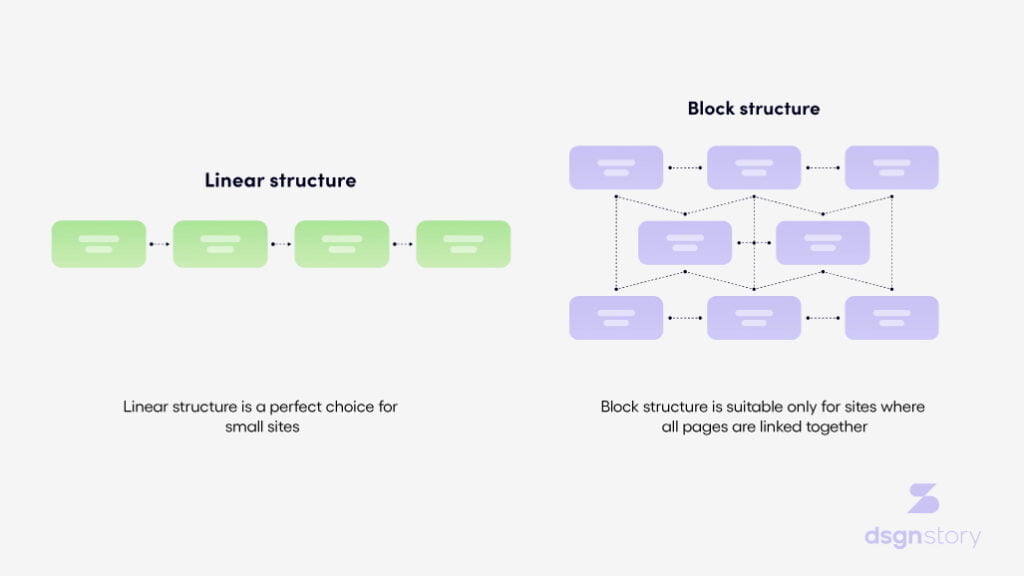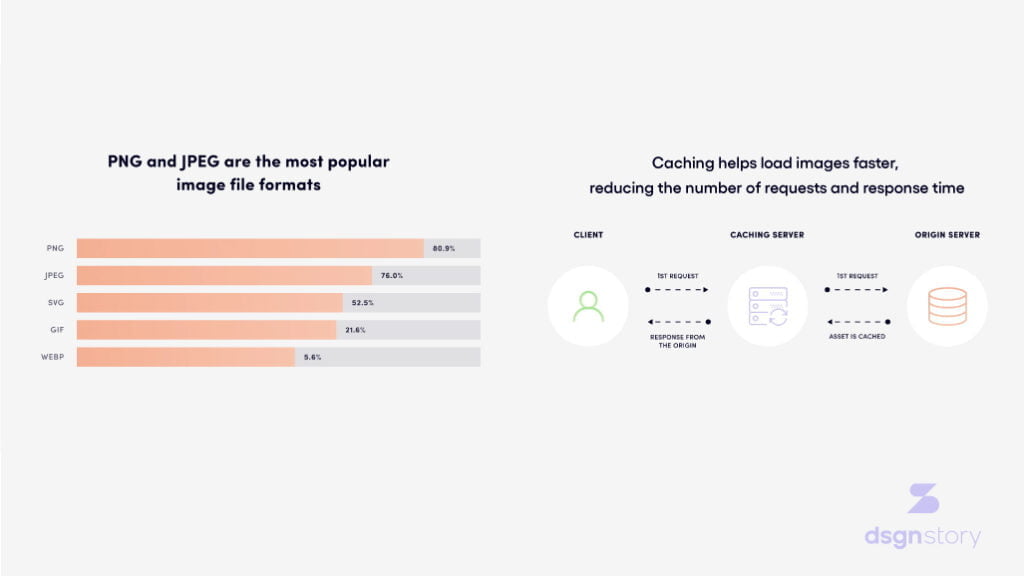In the modern age of technology, it is essential for businesses to know How to Create a User-Friendly Website in order to attract and keep customers.
The user experience can be improved, sales rates can be increased, and search engine results can be improved by creating a website that is user friendly.
Welcome to our comprehensive guide, where we’ll give you 20 tips on How to Create a User-Friendly Website that will help you build a website that is interesting, user friendly, and ranks on the first page of Google.

1. Understand Your Target Audience
To make a good website design, you need to know a lot about the people you are trying to reach. By doing thorough study and analysis, you can learn a lot about what people want and need.
To make a website that is easy to use and interesting, you need to know a lot about the people who will be visiting it. Do a lot of study to find out the user’s tastes, needs, and viewing habits. This will help you make your website fit their needs.
2. Optimize Site Navigation

Implement a simple navigation system that shows content in a clear and easy-to-understand manner to improve the user experience of your website. To optimize the user experience and make it easy for guests to find the information they are looking for, use a well-organized system of groups, subcategories, and tabs.
3. Responsive Web Design
Responsive web design is an important part of building websites today. It means making websites that work well on computers, laptops, tablets, and other types of devices.
It is very important to make sure that your website is flexible, which means that it can change to different devices and screen sizes without any problems. To get a good rank on the first page of Google, you need to put mobile-friendly website design at the top of your list. This can be done by using a style that works on all kinds of devices.
4. Page Load Speed
Optimizing how quickly a page loads is a very important part of making a website. It’s important to make sure your website starts fast so that users can have a smooth experience.
It is crucial to optimize the opening speed of your website in order to improve user experience and lower skip rates. Minimize the size of CSS and JavaScript files and use browser caching to speed up the time it takes for a page to load.
5. Clear and Engaging Content
Making sure the content on your website is both clear and interesting is essential to optimize user interaction. This can be done by using simple words and a style that looks good.
Your website’s structure should be well thought out, with sections and subcategories of content linked to one another through internal connections.
Mehedi Hasan, CEO at DsgnStory
Make content that is interesting, clear, and gets your point across. Use good formatting to make your writing easier to read. Use headings and subheadings to organize the content. Use bullet points to highlight important information. Add pictures to break up the text and make it more interesting.
6. Intuitive Call-to-Actions (CTAs)
For websites to be as easy to use as possible, they need to have clear calls to action (CTAs).
Use calls-to-action (CTAs) that are carefully placed and visually appealing to lead users to the actions you want them to take, such as making a purchase, signing up for a magazine, or filling out a contact form.
7. Incorporate White Space
It’s a good idea to leave a lot of white space on your website. This will help create a clean, well-organized style that makes the content stand out.
Use empty space as much as possible for a clean and simple website style. Increased clarity and user attention to the most important parts of your interface can be achieved by including a lot of empty space in your website design.
8. Utilize High-Quality Images

Add high-resolution pictures to your website to make it look better. Choose pictures that are eye-catching and fit with the message of your brand.
Remember, Use images that are high-quality, visually appealing, and relevant to your content. Make sure images load quickly by reducing their size while keeping their quality.
9. Implement SEO Best Practices
Include SEO best practices in the way you build your website to make sure that search engines can find and rank it well.

To improve the search engine performance of your website, make sure you use relevant keywords throughout your content. To optimize the SEO performance of your website, it is essential to give meta tags, logos, picture alt tags, and internal links top priority.
These things have a big impact on how well your website is seen and ranked by search engines. So, when making your website, it’s important to pay close attention to these things.
10. User-Friendly Forms
For a good user experience, it’s important to make forms that are easy for website viewers to fill out. By adopting user-friendly form design.
Form areas should be simplified and the amount of information needed should be decreased in order to optimize user interaction. To optimize the user experience when filling out forms, incorporate search and correction functionality.
11. Error-free Website
For a smooth user experience, it’s important to make a website with no mistakes. By getting rid of any technology problems or code mistakes.
To keep a website’s quality and trustworthiness, it’s important to check it often for broken links, typos, and spelling mistakes. Use advanced technological tools like word checks and website tracking software to find and fix any possible problems.
12. Consistent Branding

For a strong and recognizable brand personality, it is important to have branding that is clear across all channels. By using the same set of colors, font.
It’s important to keep your website’s color schemes, fonts, and other visual elements consistent with your brand’s image. Maintaining a consistent brand picture is important if you want your target audience to recognize your brand and trust it.
13. Accessibility Features

Accessibility tools are an important part of building a current website. By making sure that all people can get to your website.
To optimize your website’s usability, key features that help users with disabilities must be included. This includes adding alt tags to pictures, allowing movement with the computer, and making sure that all form areas are named correctly.
It is critical that the server’s answer corresponds to reality — faults must be corrected or routed to a functional page. However, excessive usage of redirects may cause your site to slow down.
Mehedi Hasan, CEO at DsgnStory
14. Social Media Integration
In today’s digital world, it’s important to include social media in the design of your website. By combining social media sites in a smooth way, you can increase user interaction.
It’s best to build social media buttons and shared content into the design of your website so that users are more likely to interact with it and your online reach grows. This will encourage user interaction with your website and easy social media sharing of your content.
15. Testimonials and Reviews
A key part of any great website design is to include comments and reviews. These things show that other people like your business and give potential users a reason to trust you.
Incorporate real references and positive reviews to show that you are credible and trustworthy. Testimonials are a strong form of social proof that show potential customers that your products and services are of the highest quality and can always be counted on.
16. Secure Website
In the digital age we live in now, making a safe website is of the greatest importance. It is important to make sure that your website is safe from possible hackers.
To protect user information and build trust in your website’s protection, you must use strong security methods like SSL keys.
17. Intuitive Search Functionality
The website has an easy-to-use search feature that makes it easy to move around and find the content you want.
Make sure to add a search bar that is well-placed and user friendly so that users can move around the site with ease. Streamline the user’s search process and improve their overall experience by adding advanced filters and predictive ideas to the search function.
18. Fast and Easy Checkout Process
Our website has a quick and easy checkout process that makes sure our customers don’t have to deal with any problems.
To create the best possible e-commerce website, you must simplify the checkout process to make it quick, user friendly, and safe. It is advised to simplify the checkout process by cutting down on the number of steps needed in order to optimize the user experience.
Also, giving people the choice to check out as a guest can make things easier for them. To build trust with possible buyers, it’s important to put trust signs in visible places all over the website.
19. Regularly Update Content
If you want your website to last and stay relevant, you need to keep adding new content on a regular basis.
Your website, like your body and mind, requires regular checkups to ensure peak performance and attract a steady stream of visitors.
Mehedi Hasan, CEO at DsgnStory
To keep your website fresh and interesting, you should always add new content, post new blog pieces, and change the information about your products or services. If a website wants to meet Google’s standards, it must have useful and up-to-date information.
20. Analyze and Optimize
Use analysis tools like Google Analytics to track and study how users behave, how engaged they are, and how often they convert. Use the useful information you’ve learned to optimize your website even more and improve the user experience all the time.
How to Create a User-Friendly Website
Making a user-friendly website is a never-ending process that requires careful planning, improvement, and constant monitoring. By using these 20 important tips, you’ll be on your way to making a website that is interesting, easy to use, and gets a high Google score. To stand out in the digital world and be successful online, it is important to put the user experience at the top of your list of priorities.